- Learning time
- 10 minutes
- First play time
- 15 minutes
Cathedral
Designed by: Robert P. Moore
Cathedral is a a two-player abstract game where players try to place all their building pieces within the city walls first. You can play a single game or a best of three.
Both players have a set of buildings (wooden in our set, and rather delightful) that have a tetronimo-style footprint. One player places the neutral Cathedral piece on the board anywhere they like, then the other player begins. On your turn you place any of your buildings on the city, aligning with the grid. But if you manage to wall off an area of the board by establishing a continuous, unbroken chain of your buildings from one connection with the city walls to another – that area is now considered reserved for you and you only – your opponent cannot build there for the rest of the game. What’s more, if you establish such an area with a single (-one, and only one) opponent’s building in it, that building gets removed from the board and must find somewhere else to be built. It’s also possible to remove the cathedral by surrounding it with one player’s buildings, albeit this happens less often.
As soon as one player gets all their buildings down, they win. If one player can’t go the other is free to keep placing. If both players can’t go then the player with less squares in their leftover building wins – each building is made up of such squares (equalling one square on the grid) so if you have two buildings you cannot place, say, but they’re collectively smaller than your opponent’s single (bigger) building, then you win.
If playing a best of three or five, then keep note of how many such squares are left at the end of each game. The smaller total after the final round is the winner.
The guru's verdict
-
Take That!
Take That!
It's a battle of sorts, and you can be bumped off the board. More likely though is your opponent finding ways to make placing your last big building as difficult as possible.
-
Fidget Factor!
Fidget Factor!
Low - although it's a puzzle, the rules are simple and decisions are not too onerous.
-
Brain Burn!
Brain Burn!
It's a balance between maximising what you can get rid of yourself - ideally your biggest buildings first - and stopping your opponent. Leaving them unmolested is a mistake, as they'll swiftly cordon off a large area of the board for themselves.
-
Again Again!
Again Again!
It's not a game with any feeling of variety other than in how the pieces fit into the board - but it's brief(ish) and within that framework the pieces themselves can align - or not - in multiple ways. And it all looks rather beautiful on the table.

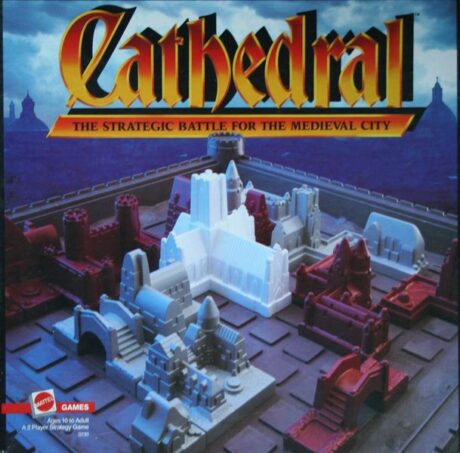


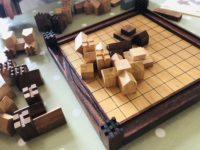



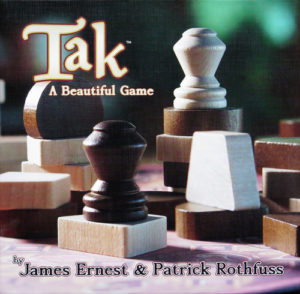
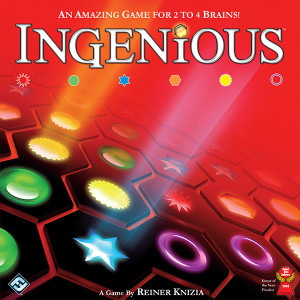
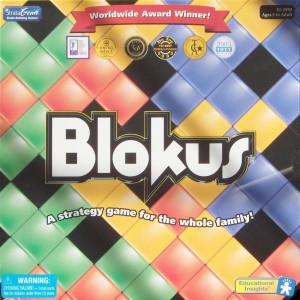

Sam says
There may be plastic editions of Cathedral knocking around - it's been in and out of publication since 1978 - but we stumbled on a wooden one, and as an object it's a delight. As a game - it's okay. Absolutely nothing to scoff at, and there's definitely pleasure to be found in the tactical battle of placing the pieces as well as their tactile nature. Your first few games in particular will be absorbing, I'd hope, but once two opponents know the game the experience starts to feel a little more predictable: you're clearly trying to wall off this area, so I'm obviously going to block you. Not to say all the surprises evaporate entirely, but the sense of depth to play recedes as the tide of unfamiliarity goes out. Although it doesn't look as warmly intriguing as Cathedral, Blokus does the tetronimo-laying better with even simpler rules, and the other two player abstracts on the right offer more rewarding return visits. That said, if you like your games to look like a work of art, then stick with Cathedral.